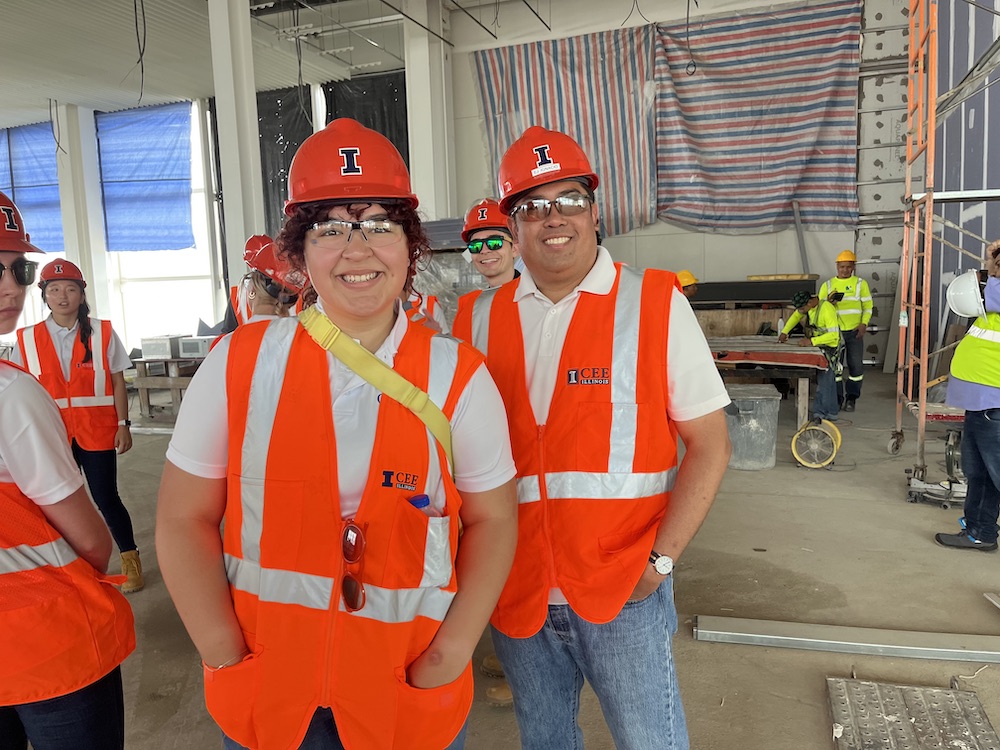Our trip may be slowly coming to a close, but the amazing construction site tours we have planned are here to stay until the very last second. Today, the GLCM students visited the new Cruise Ship Terminal in Amador – a 15,000 square foot terminal designed to facilitate passengers during Panama’s busy cruise season from mid November to February.

In sync with the cyclical nature of Panama’s dry season, this building was designed to operate “seasonally.” Architects and structural engineers took into consideration the heavy rainfall that Panama gets. Construction started in early 2019 after nearly two years of design and is expected to be completed at the end of this year coming in at a total of 200 million USD.

As we walked through this partly-completed structure, it was interesting to imagine the empty building as a bustling terminal with security checkpoints, passenger amenities, etc. Presently, the building has structural foundations, flooring, and some of the exteriors. In the coming few months, however, this building will become fully operational! It was clear that the architects designed this space to truly take in the beauty of the Panamanian coastline, with tall windows that let in loads of natural light and a view of the brigade of sailboats that traverse the Pacific.

Perhaps one of the most interesting aspects for me as a civil engineering student from the Midwest is the geotechnical preparation that had to be done before any of the structure could even be built. Due to the coastal nature of this construction, the earth underneath the terminal is mostly sand. In fact, Mallol & Mallol, the company behind the design of the terminal, planned for this building to be built on reclaimed sand – meaning this plot of land did not exist before the start of construction. This caused some unforeseen delays since soil conditions are often difficult to predict. When building on sand, it’s important to pack the grains as closely together as possible to avoid slump or a weak foundation. Hence, you need to essentially vibrate the sand with powerful equipment until it settles into place. This, of course, takes time and resources so it was a challenge that the constructors had to overcome.

Our group later made its way to the dock where the cruise ships arrive. The 343 meter pier is capable of accommodating two cruise ships at a time and 1,200 passengers per hour. It was interesting because while the terminal was not fully constructed, the dock remained in operation and we got to see a huge cruise ship. All of this, might I add, with an incredible view of the Panama City skyline. We stopped to take some pictures in front of the beautiful blue ocean and the looming cruise ship that arrived from The Bahamas.

As per usual, we had an amazing tour with really intelligent and passionate construction engineers that showed us just how cool some of our projects may be in the future. It wasn’t too long before we scurried to lunch and continued on with our last full day!
Blog by Nathan Finkelshteyn
